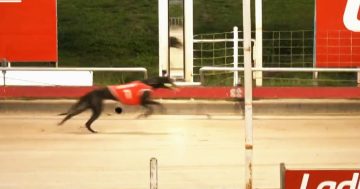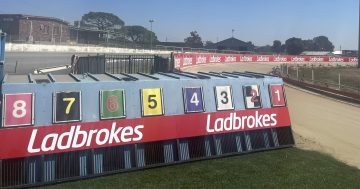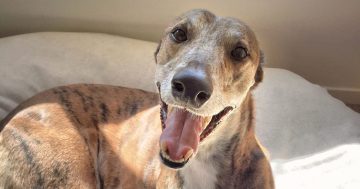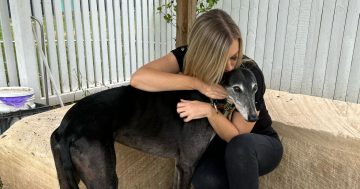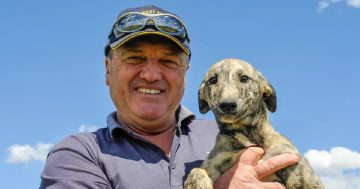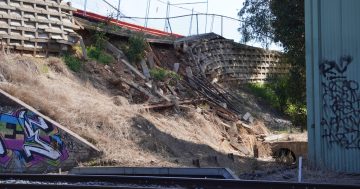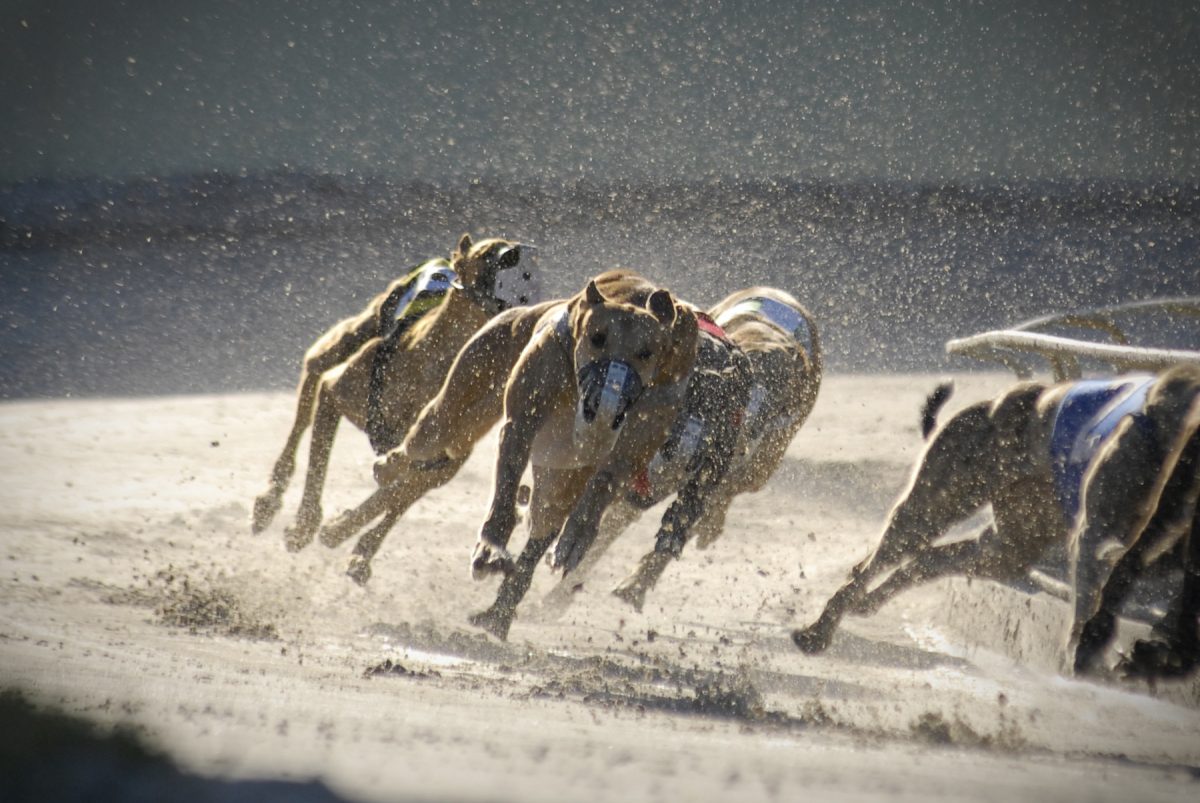
There are renewed calls to look at the safety of greyhounds. Image: File.
Just days after Wagga MP Dr Joe McGirr delivered a notice of motion to the NSW Parliament, indicating that he will put the safety of greyhound racing back in the spotlight, he has received confirmation that the Wagga track will receive a major upgrade.
Wagga’s greyhound racing facility has been under scrutiny from animal rights advocates this year after the death of a greyhound on the track in May and another serious concussion in June.
In confirming to Region the promise of an upgrade, Dr McGirr acknowledged local engagement in the sport.
“I support the greyhound racing industry, it is valued by the community and provides over 10,000 jobs across the state,” he said.
“However, the welfare of dogs must come first.
“Recently there have been a number of avoidable incidents which is why I have previously written and spoken directly to the Minister for Gambling and Racing, the Hon David Harris and the peak industry body Greyhound Racing NSW.”
Dr McGirr went on to confirm that Greyhound Racing NSW CEO Robert Macaulay had informed him that they are actively planning for a major upgrade “which will include a straight track”.
In the meantime, a second upper inside rail will be installed on the entire circuit in the next two weeks.
The move to straight tracks, rather than circular, is considered a key step forward in protecting greyhounds from injury.
A landmark study into safety in the sport by UTS in 2017 concluded that almost all serious incidents occurred on turns.
“80 per cent of all catastrophic and major injuries were caused by congestion and incidents such as checking, collision and galloping,” the report said.
“using a straight track would eliminate all injuries associated with greyhounds needing to negotiate their way safely around the bend.”
While the industry has been slow to respond, a straight-track facility was installed at Richmond two years ago and GRNSW confirmed that at least another four are in the pipeline.
Richmond GRC President Peter Rodgers opened the new straight track in 2021 and noted that it “ticked all the welfare boxes”.
“The pressure on the dogs will be taken off them running up the straight,” he told Greyhound Racing Victoria.
But while the move to a straight track in Wagga and other regional centres is to be applauded, the death toll in the face of record profits, remains high.

Wagga MP Dr Joe McGirr has called for improved safety in greyhound racing. Photo: NSW Parliament.
For an industry that faced an outright ban under former premier Mike Baird in 2016, greyhound racing has bounced back with record profits and huge sponsorship deals with multi-national betting agencies.
According to GRNSW’s annual report for 2021/22, wagering turnover on NSW greyhound racing events increased to a record $3.1 billion.
From 2018 to 2022, prizemoney in NSW rose by $20 million to more than $46 million and money earned from betting agency fees jumped by more than $44 million to $68.8 million with Greyhound Racing NSW’s overall income almost doubling to $121.5 million.
CEO Robert Macaulay described it as the “strongest financial performance in the organisation’s history”, and asserted that the financial results “have allowed for a full reinvestment in safety, welfare and prizemoney initiatives”.
There can be no doubt that, after facing annihilation, the industry has implemented widespread change and improved safety and animal welfare regulations.
When the NSW government reversed its ban on the sport, the Greyhound Racing Act of 2017 led to the establishment of the Greyhound Welfare & Integrity Commission (GWIC).
According to Macaulay, improvements include “assisted greyhound rehoming increasing by 176 per cent, catastrophic injury rates decreasing by more than half.”
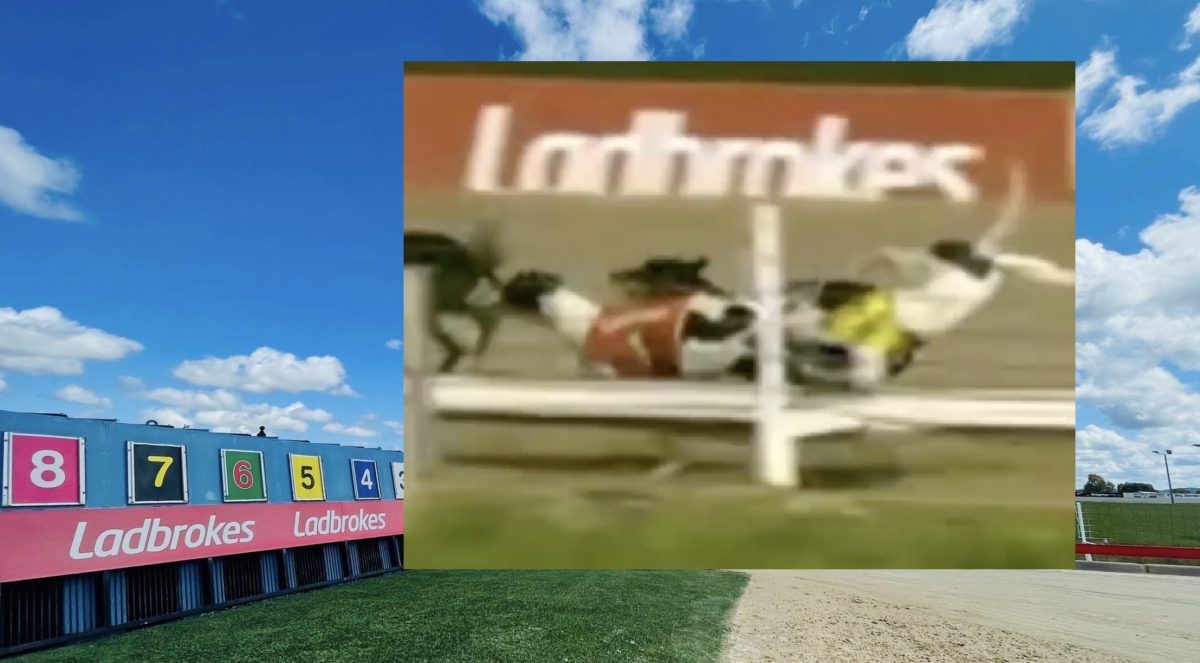
Joyous Treasure was the first dog to die at the Wagga track since upgrades in August 2022. Photo: Supplied.
Data shows that the rate of catastrophic injuries (deaths) in NSW has decreased since the number began to be recorded in 2015-16 from 1.6 deaths to 0.5 deaths per 1000 starts.
Deaths measured over “1000 starts” have indeed declined, but by a different measure, deaths per week, the annual body count remains almost unchanged over the past three years with more than one death per week in NSW.
The Coalition for the Protection of Greyhounds calculates that there were 59 track-related deaths in NSW in 2022 and 64 in 2021.
So far in 2023, the rate remains at more than one per week with 29 deaths up to late June, including the deaths of Joyous Treasure in Wagga in May and Whipping Dance and Unchanged Pace on tracks in Broken Hill and Gunnedah this month.
Region has reached out to GRNSW to confirm the proposed upgrades to the Wagga track.







